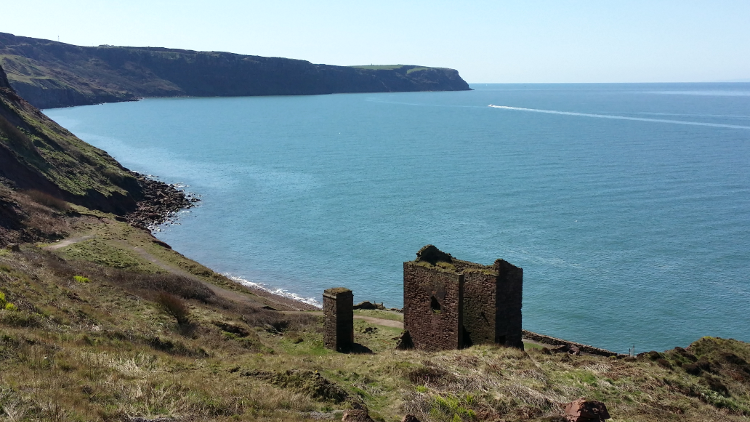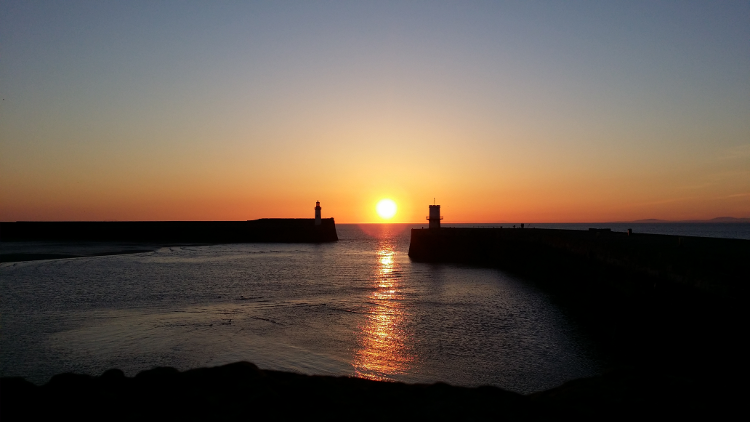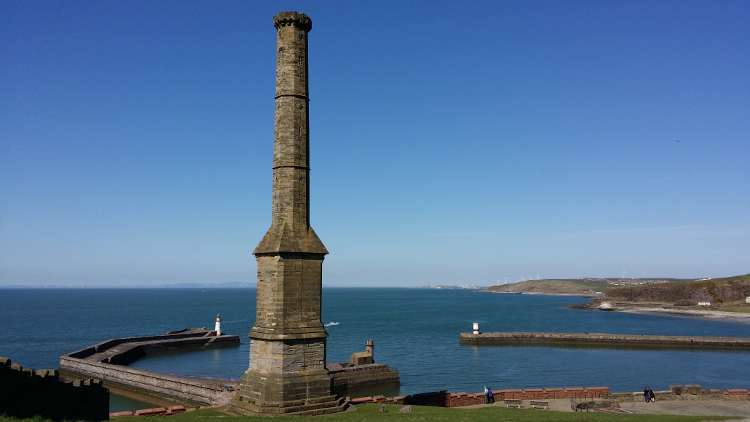How Whitehaven Changed the World
Right at the start of the Coast to Coast walk, Whitehaven is a Georgian town that had remarkable historical impact, from mining to town planning.
How Whitehaven Changed the World
https://www.contours.co.uk/how-whitehaven-changed-the-world
by Beth Pipe
Whitehaven is much maligned and often ignored, and it doesn’t tick quite all the boxes for ‘pretty little seaside town’, but it is a rather wonderful place and has made more of an impact on the world than most of its prettier rivals. It’s right at the start of the Coast to Coast and well worth adding a day or so onto your itinerary to explore it further.
In the past, Whitehaven was famous for its mining industry. The coal here was of a good quality and so plentiful that it washed up on the beaches where the poorer members of the community would collect it. But the main seam wasn’t the most easily accessible — something which eventually led to the closing of the mines.
Before that, though, Whitehaven was home to Saltom Pit, built in the late 18th century. It was the world’s first major undersea coalmine, extending out under the Irish Sea. Nearby King Pit reached a depth of 293m in 1793, making it the deepest pit in the world at that time.

The coal also, unfortunately, produced plenty of poisonous gasses, which made mining dangerous and was the cause of several tragic accidents, but it meant that Whitehaven led the world for mine safety. Many safety devices still used in mining today can trace their roots back to the pits in Whitehaven, including gas detectors and one of the first ever gas masks.
Haig Pit Museum and The Beacon Museum are both well worth a visit and will give an extraordinary glimpse into the inventive history of the town. You could also take a wander along the beach, where you can still collect coal, and admire the old buildings that remain at the head of Saltom Pit.
Whitehaven’s just another town, right? Wrong! Whitehaven was one of the first ever planned ‘new towns’ and its grid-like road layout is protected by law. Back in 1736, Sir John Lowther commissioned a painting of the town and the Birds Eye View of Whitehaven was painted by Matthias Read, capturing a magnificent view of the town and its iconic street plan.
At that time, Whitehaven was a major trading port with strong connections to America, and it is said that the street plan of the town influenced the street plan of New York and the rest of the USA. (If you think that’s impressive, did you also know that the streets of Southport influenced the street layout of Paris? Look for the plaque next time you’re in Southport!)
To recognise the importance of this, Whitehaven is a designated Gem Town, one of only 51 in the UK, where the layout of the streets is protected by law. Gem Towns stem from the 1960s, when local councils had a tendency to flatten town centres in order to build modern shopping complexes. Following the decimation of Worcester, the Council for British Archaeology proposed a plan to protect towns with an important and historically significant street layout.
The only other Gem Town in Cumbria is Cockermouth, just a short drive from Whitehaven and well worth a visit.
Perhaps one of the most famous moments in Whitehaven’s past was when John Paul Jones launched an attack on the town. He was born in Scotland and began his naval career in Whitehaven before emigrating to America, where he joined the Continental Navy (precursor of the US Navy).
On 23 April 1778, as captain of the USS Ranger, he launched an attack on Whitehaven, planning to set fire to their entire shipping fleet. He ultimately failed when residents raised the alert, though he went on to become one of the most celebrated names in American naval history.

And that’s not the only American connection for Whitehaven. Mildred Warner Gale, grandmother of first US president, George Washington, was from Whitehaven and is buried in the town at St Nicholas’ Church.
(If you’re after more American history in Cumbria, pay a visit to Warton, near Silverdale, where the Washington family once lived and where a stone with the family crest — the stars and stripes — can still be found in the parish church.)
Although both shipbuilding and mining eventually declined and disappeared from the town, it still remained an important contributor to British history. During World War II, nearby Holmrook Hall was home to a secret Royal Navy bomb disposal school known as HMS Volcano.
Here, men were trained to deal with German “teller” mines in preparation for the D-Day landings. Locals were officially told it was requisitioned as a recuperation facility for injured or shipwrecked sailors. Following the war, the hall was deserted and eventually demolished.
There is so much more to tell about Whitehaven. The ‘Candlestick’ chimney which graces the southern edge of the town still acts as a methane vent for the mine far below, and is the perfect viewpoint for admiring the harbour, which was built in many different phases. The oldest part dates right back to 1634.

All sorts of shops and restaurants line the harbour side. The Vagabond Pub does excellent food, Gin & Beer It showcases the finest Cumbrian beers and spirits, and that British seaside essential — a decent chippy — is just a stone’s throw away. It’s all within easy walking distance of the many benches dotted around the quay.
Whitehaven really is a lovely, and hugely underrated, little seaside town.